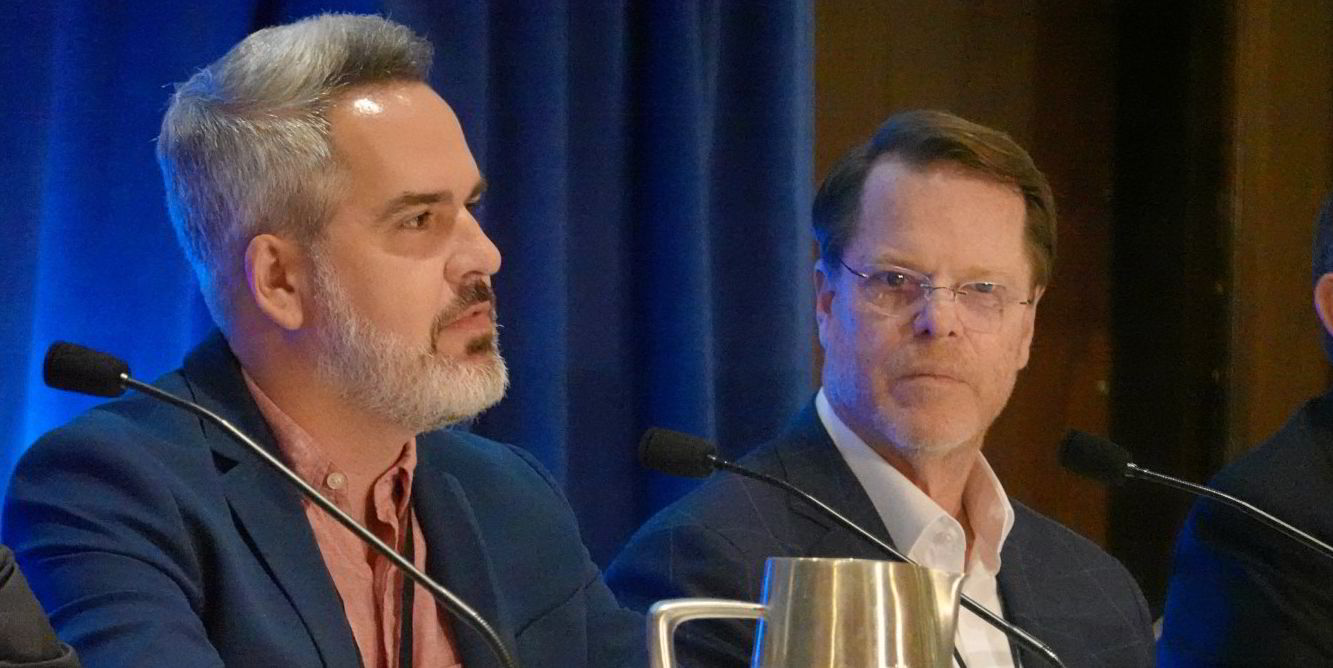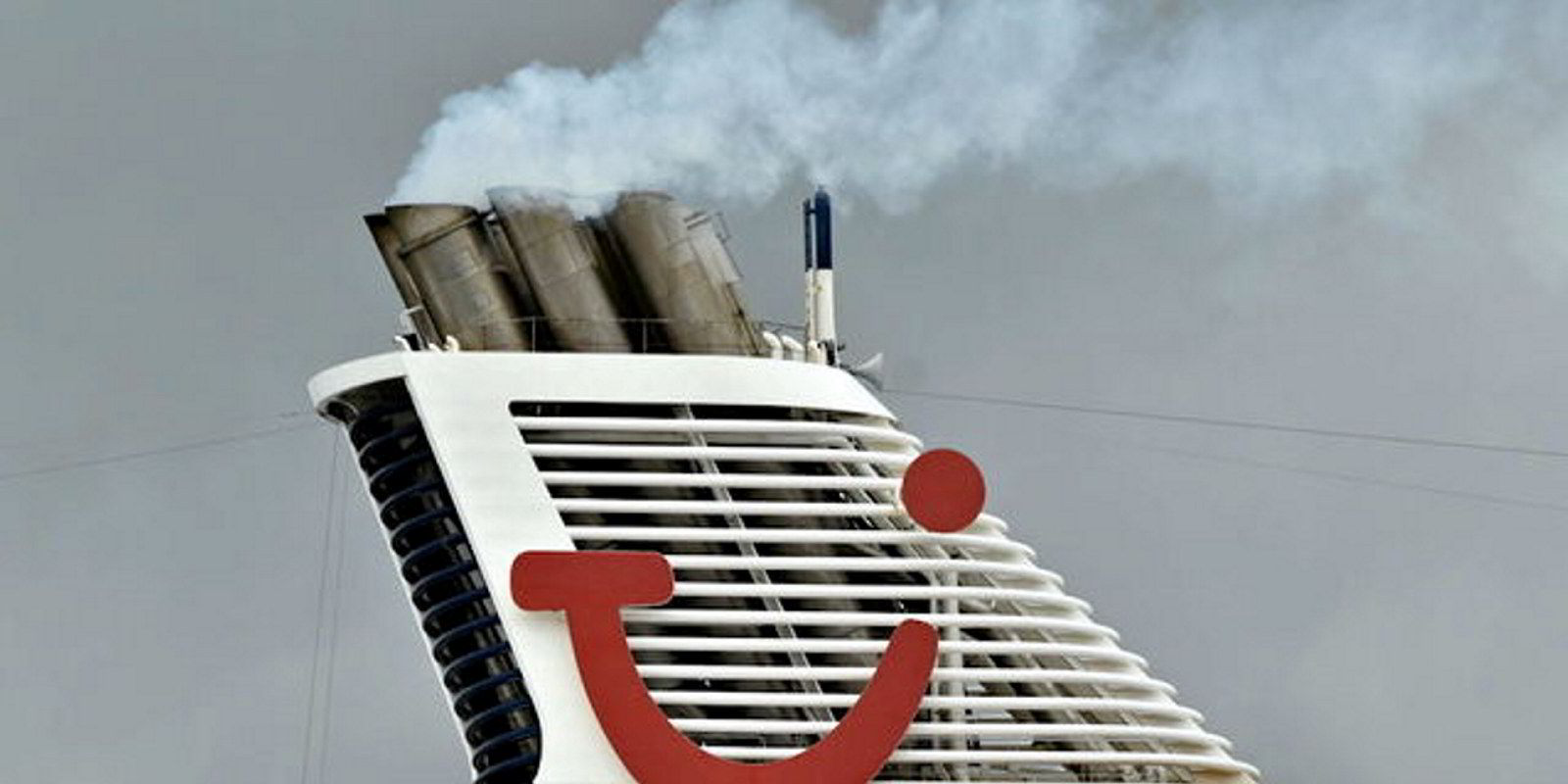A ship’s greenhouse gas footprint may shrink, although only on paper, with one step: figuring out what its emissions truly are.
Technology companies that measure or calculate emissions with more precision have found that vessels’ actual carbon output is often smaller than the estimates traditionally used to report their carbon footprint to European Union and international regulators.
And shipping industry experts said the act of figuring out what a vessel’s emissions truly is then allows its owner or operator to test operational measures that might shrink them further.

The delta between actual emissions and estimates could have tangible financial implications for shipping — as the EU prepares to require the industry to pay for carbon credits, as a global carbon tax is proposed to come further down the road and as the industry’s customers aim to tackle the carbon emissions in their supply chain.
Jonathan Arneault, chief executive and co-founder of FuelTrust, said that his software-as-a-service company at first ran its emissions calculation platform on the voyages of some 12,000 ships and found that they had been overreporting by an average of 4.18%.
The US-based company uses artificial intelligence, the chemical makeup of a deep library of fuels and a digital twin of a vessel’s engine to calculate a more accurate picture of the ship’s emissions.
Traditional calculations typically assume that a vessel using conventional bunkers pumps out 3.11 to 3.26 tonnes of carbon for each tonne of fuel.
“There is no scientific or physical way that the bunker fuels that was run through their engines could possibly produce the EU-recommended or averaged CO2 amount,” he told TradeWinds. “That was a revelation to us.”
More data
The company then loaded up the artificial intelligence platform with more detail on the characteristics of individual vessels for which it had more data. The overestimation ranged from 2% to 12%, Arneault said.
“They’re calculating being given a generic number that is an estimate by some regulatory body,” he said.
Arneault said neither the EU nor the International Maritime Organization mandates the use of that generic calculation, and other methods can be used to calculate emissions as long as the company can prove that it is true.
An EU database of vessel reports for the 27-nation bloc’s emissions monitoring regulation shows just two ships — both Japanese-owned tankers operated by Denmark’s Norden — out of more than 12,000 reports that used actual CO2 emissions monitoring.
The rest extrapolated emissions from bunker delivery notes and periodically taking stock of fuel tanks, monitoring bunker fuel tanks on board, or using flow metres to monitor fuel consumption.

Steve Bomgardner, head of business development at emissions reporting technology firm SailPlan, said currently shipowners are not actually measuring CO2 pollution.
By taking fuel consumption, the distance travelled and calculating with the frequently used carbon factors, they are just estimating, he told the recent SHIPPINGInsight conference in Stamford, describing the traditional means of calculating vessel emissions.
‘Grossly ahead’ of actual emissions
“And those numbers are grossly ahead of what your true emissions actually are,” he said.
David Cummins, who is president of the Blue Sky Maritime Coalition, said that the upcoming Carbon Intensity Indicator regulation by the IMO uses an approximate calculation of emissions that does not give an accurate picture of a ship’s emissions compared to the measurement of accurate emissions.
Offshore support vessels, for example, spend a significant portion of their time station-keeping at the site of a rig.
But Harvey Gulf International Marine, a member of the decarbonisation coalition, signed up with SailPlan to measure emissions from one of its tri-fuelled vessels, which can run on very low-sulphur fuel oil and LNG, and have batteries.
Cummins told SHIPPINGInsight the New Orleans offshore vessel company learned several lessons, such as that most of the vessel’s emissions were from the engine and during station-keeping operations.
Also, they found that methane slippage from the engine, which is a growing concern over LNG as a fuel, was lowest when it was running full steam, which meant for station-keeping it was better to run on a single engine at full power rather than use two engines at 50% power.
And then, Harvey Gulf was able to measure the impact of blending in bio-methane made of swine waste, which opened the door for its fleet of five tri-fuel OSVs to operate with net-zero carbon emissions.
“That didn’t take till 2050,” Cummins said. “It took using data in a different way than has been used before, to not look at approximate calculation so much.”





